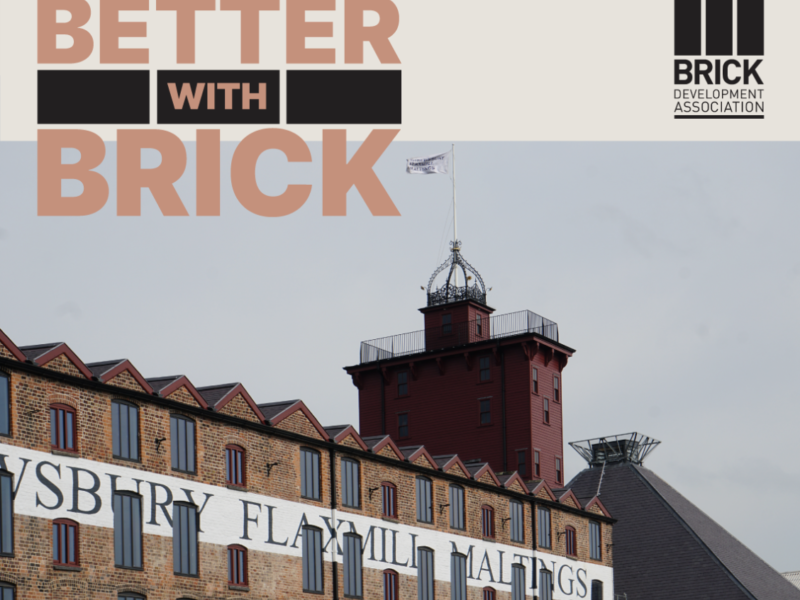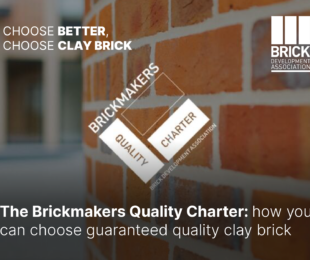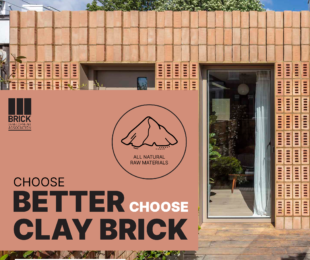
CLAY BRICK’S CREDENTIALS INSPIRE SUSTAINABLE BUILDINGS
Keith Aldis, CEO of the Brick Development Association (BDA)
With its durability, adaptability, and ability to be locally and responsibly sourced, clay brick has much to offer as a sustainable modern building material. Emitting zero operational carbon over its long lifespan due to strength and weather resistance that minimise maintenance, clay brick affirms its environmental credentials. But how exactly can clay brick create architecture with less impact?
Timeless
As a sustainable building material, clay brick’s durability has been proven over thousands of years. Compared to other forms of construction, such as timber cladding which commonly lasts less than 60 years, clay brick’s minimum active lifespan of 150 years sets it apart. In fact, clay brick can last much longer. Ancient clay brick structures from thousands of years BC remain in continuous use as do intact Roman brick buildings such as the Pantheon from 120 AD. The UK provides excellent examples from many brick-built Cambridge university buildings dating back to the 1400s to Georgian-era brick buildings that continue to be used and appreciated. Clearly under the right circumstances, the evidence of clay brick’s longevity and timelessness is all around us.
Whole life approach
Made from a natural material and produced locally, clay brick exemplifies a whole-life approach due to its exceptional durability and longevity, lowering the carbon footprint per year of use. Clay brick can also be reused and recycled, avoiding waste. By refurbishing clay brick buildings instead of demolition, carbon emissions are further reduced while preserving the architectural heritage.
The resilience of clay brick over generations embodies sustainable design, saving carbon and retaining the character of our built environment. However, current methods for assessing sustainability like Environmental Product Declarations (EPDs) quote a service life from the manufacturer. The EPD data can then be integrated into a building level assessment which typically use a limited 60-year study period. This short timeframe fails to account for the exceptional longevity of durable materials such as clay brick. As we have stated, the oldest fired bricks are over 6000 years old, demonstrating how clay brick’s lifespan can exceed EPD assumptions by over 100-fold.
By underestimating the extended lifespans of durable products like clay brick, EPDs lack crucial data on true carbon footprints. Lifecycle assessments based on the 150+ year service life would reveal clay brick's unparalleled sustainability compared to the study period of 60 years.
Investment and innovation
The UK brick industry has shown its commitment to sustainability and reducing its carbon footprint by investing £490 million in upgrades to processes and technologies over the past 10 years. Ongoing investments in renewable energy, carbon capture, bio-mass, and hydrogen fuelling have the potential to further lower clay brick production emissions moving forward. The UK's clay brick sector is also directing significant investments into modern, efficient kilns and production lines that can produce high volumes of clay brick while minimising environmental impact.
In an era where the sustainability of the built environment is crucial, clay brick emerges as the essential building material for today’s societal and environmental needs. Strong, weather and fire-resistant, locally-sourced and non-polluting, clay brick enables sustainable design that offers centuries of use and reduced lifetime carbon emissions.



